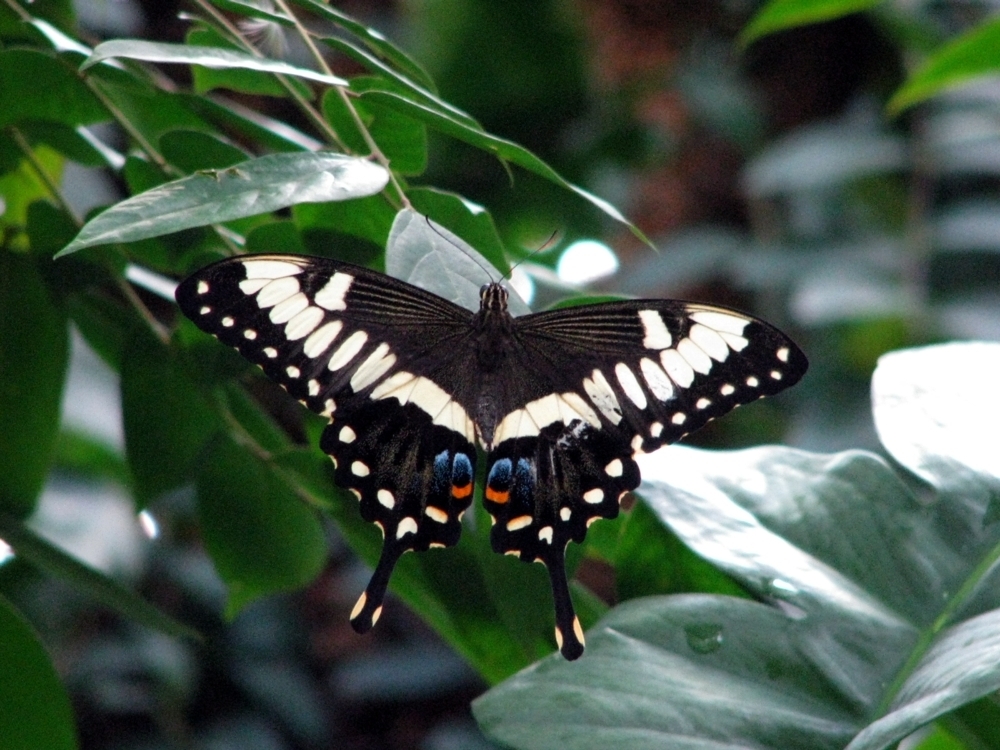
PAPILIO OPHIDICEPHALUS(Papilio ophidicephalus)
Phylum —arthropoda
Class —insecta
Order — lepidoptera
Family —papilionidae
Genus –papilio
Appearance
The younger caterpillars are brown with white spots which look like bird droppings. The older caterpillars are smooth, green, with a few broad transverse brown stripes.
The wingspan is 90–110 mm in males and 100–120 mm in females. The color of butterflies is dark brown or black with a wide vertical stripe consisting of large cream spots. There is a black eye on the inner side of the hindwings, bordered with bright blue above and bright orange below. There are also small light yellow spots and stripes along the edge of the wings. Sometimes there are several other orange or blue spots on the wings. Hind wings are with large tails. The underside is similar to the upper side of the wings.
Habitat
It is found in Sub-Saharan Africa.
Behavior
It demonstrates daily activity. The flight is heavy and undulating. Males can often be found in drying puddles, when they absorb water with minerals.
Like other caterpillars of this family, the caterpillars of this butterfly have an osmetrium – a gland behind the head that extends in danger and looks like two long brown-yellow "horns".
Diet
The larvae feed on Clausena inqequalis, Calodendrum capense, Citrus species, Clausena anisata, Zanthoxylum capense and other Zanthoxylum species.
Butterflies feed on nectar.
Reproduction
For their reproduction you need a terrarium with a size of 50 x 50 x 70 cm. Females lay eggs on the leaves of the forage plant. The eggs are pale cream, spherical, 1-1.5 mm in diameter. The incubation period is 5-6 days.It is better to keep the caterpillars in containers with a mesh lid of 6-8 pieces. In the container, you need to place a forage plant.The temperature is 23-25 oC at the humidity of60-70%. Pupae are with numerous small tubercles; colored in a mixture of greenish, brownish and pinkish-white colors, giving them an unusual resemblance to a piece of rotten wood or lichen-covered bark. The pupal stage lasts from 2 weeks to 3 months. The butterfly lives 5-7 days.
In captivity
The mesh cage with a size of 50 × 50 × 70 mm is suitable for keeping butterflies. Room temperature is necessary. Daylight time is 12 hours. You can feed the butterflies with honey syrup diluted with boiled water in a ratio of 1: 10 or freshly squeezed orange juice.
 Russian
Russian
 English
English























